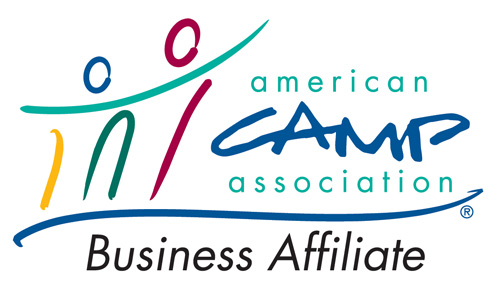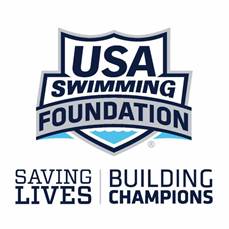This is a Great Article within the Library of the United States Swim School Association that we would like to share with any fellow Swimming Instructors or Coaches that are interested in Teaching the Fundamentals of the Butterfly Stroke.
This article was written by Howard Kirby.
1. INTRODUCE THE KICK
I start by getting a wildly vigorous kick established. I tell them about the terrible little fish, the piranha, that love to nibble off swimmers’ toes. I then have them kick with boards across the pool telling them that I have released thousands of hungry piranhas into the pool behind them. I tell them to use the dolphin kick and to kick and splash so hard that the piranhas can’t get at their toes. (I was actually trying to get them to kick with an exaggerated knee bend, I wanted their ankles to come out of the water.) It is a major problem getting butterflyers of any age to bend their knees enough so they can use the powerful thigh muscles to get a truly propulsive kick. Too many swimmers hold the legs only slightly bent and think they are kicking because they can fell the water with their feet when doing the normal stroke. Such leg actions contribute hardly anything to the stroke – I call them “lazy legs”. They should master this outsized kick before proceeding with the progression.
2. KICKING WITHOUT A BOARD
Next, I have them do the kick without a board with the hands out in front. I prefer that they go very short distances to make the vigorous kick feasible, no more than one length, one width or two widths. I keep insisting that the feet and ankles show above the water.
3. KICKING WITH AN ASSIST
Next, they kick as before, but they are allowed to assist using a one-arm butterfly stroke. I insist that they bend the neck down and dive the head below the surface just prior to the entry of the arm. It is important that they should not be able to see the hand going into the water. This is a good tip for butterflyers in genera and is crucial at this stage of learning.
4. REFINED ONE-ARM
Next, I explain the “S” pattern or the hourglass figure of each half of the arm stroke and they add this to what they are doing. As in freestyle, it helps to have them think about pointing the elbow toward the side wall.
5. ONE-ARM VARIATIONS
Still insisting that they do the splashing kick, the head action and the “S” pull, allow them to do the one arm with variations, such as: right arm, both arms, etc. They can also do right arm, left arm, both arms, both arms, right arm, left arm, etc. Any variation of these is good.
6. ADD THE LUNGE
Next, explain your objective. Have them lie on the deck and experience the tug on the body as the arms are swung forward and halted in front. Then put them back in the water for more short vigorous swims trying to add the lunge.
7. WORK ON REFINEMENTS
A worthwhile coaching tip is to have them understand that the head goes in before the hands and it comes out before the hands. Get them to breathe on every other stroke and work on the accuracy of the hand and arm entries.
If you yourself are interested in learning proper stroke technique and building your endurance efficiently, The Swimming Swan's roster of Coaches are here for you as well. We teach in home aquatics to people of all ages and skill sets. For more information on our private coaching program: please private swim coaching
This article was shared by the United States Swim School Association and is brought to you by The Swimming Swan LLC.












